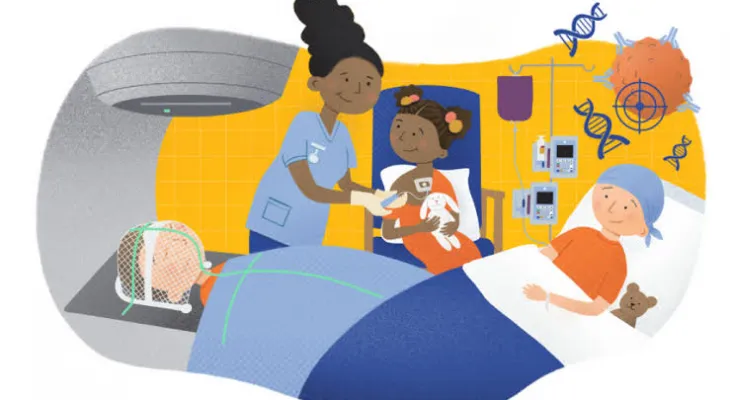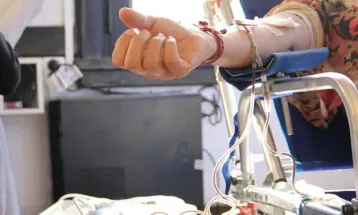
Childhood Cancer Treatment: The Story Behind the Dramatic Increase in Survival Rates
The increased odds of survival for children and young people diagnosed with cancer is staggering. In the 1970s, only 36% of British children (aged 0 to 14) survived 10 years after being diagnosed with cancer. Now it's about 8 out of 10.
Laura Danielson, head of children and young people research at Cancer Research UK, says her cutting-edge research is the driving force behind this success. However, the rate of progress in fighting different types of cancer varies. Approximately 99% of children diagnosed with retinoblastoma, a type of eye cancer, survive at least 5 years, but survival rates beyond 5 years for children diagnosed with certain types of brain tumors have previously been It remained very low, below 25%. Also, while about 90% of children diagnosed with the most common type of leukemia survive their five years or more, the prognosis for other forms of this cancer is not as good.
"When we talk about cancer in children and adolescents, we're talking about a very diverse group of 88 different tumor types," Danielson says. But the overall picture is optimistic. There are 12 subgroups of cancer that affect children and young people, all of which have increased survival rates, she added.
The advent and successful trials of chemotherapy to treat cancer in children and adolescents, especially the use of combination therapy, have a lot to do with this, Danielson says. However, the scientific community's understanding of the types of cancers that occur in this age group has also made significant advances. As an example, she points to leukemia, the most common type of cancer in children. "Almost a third of children diagnosed with cancer in the UK will develop leukemia," she says. It is the most common cancer in this age group and is also one of the cancers that most children survive.

















